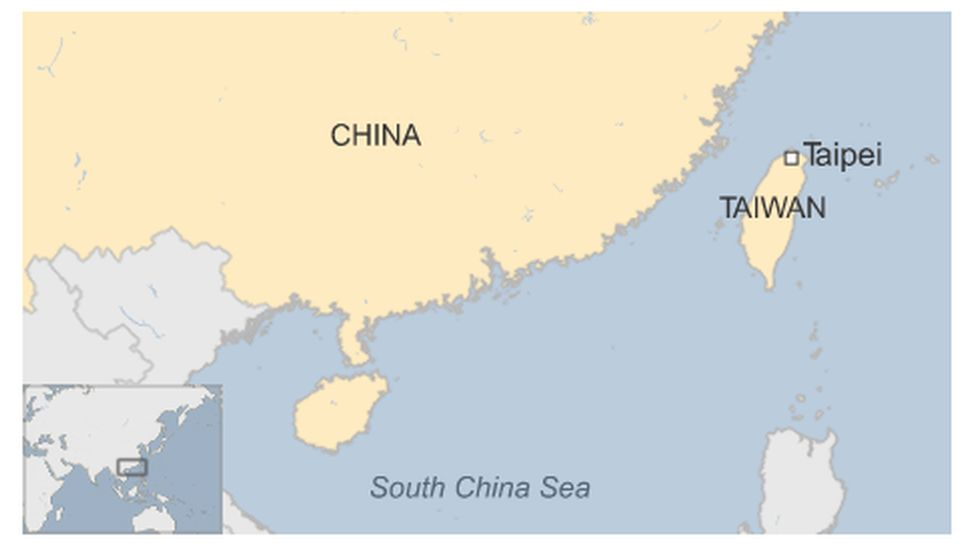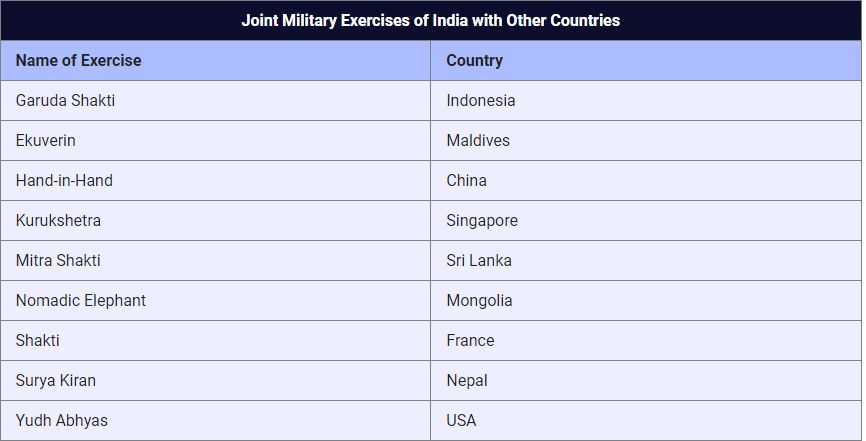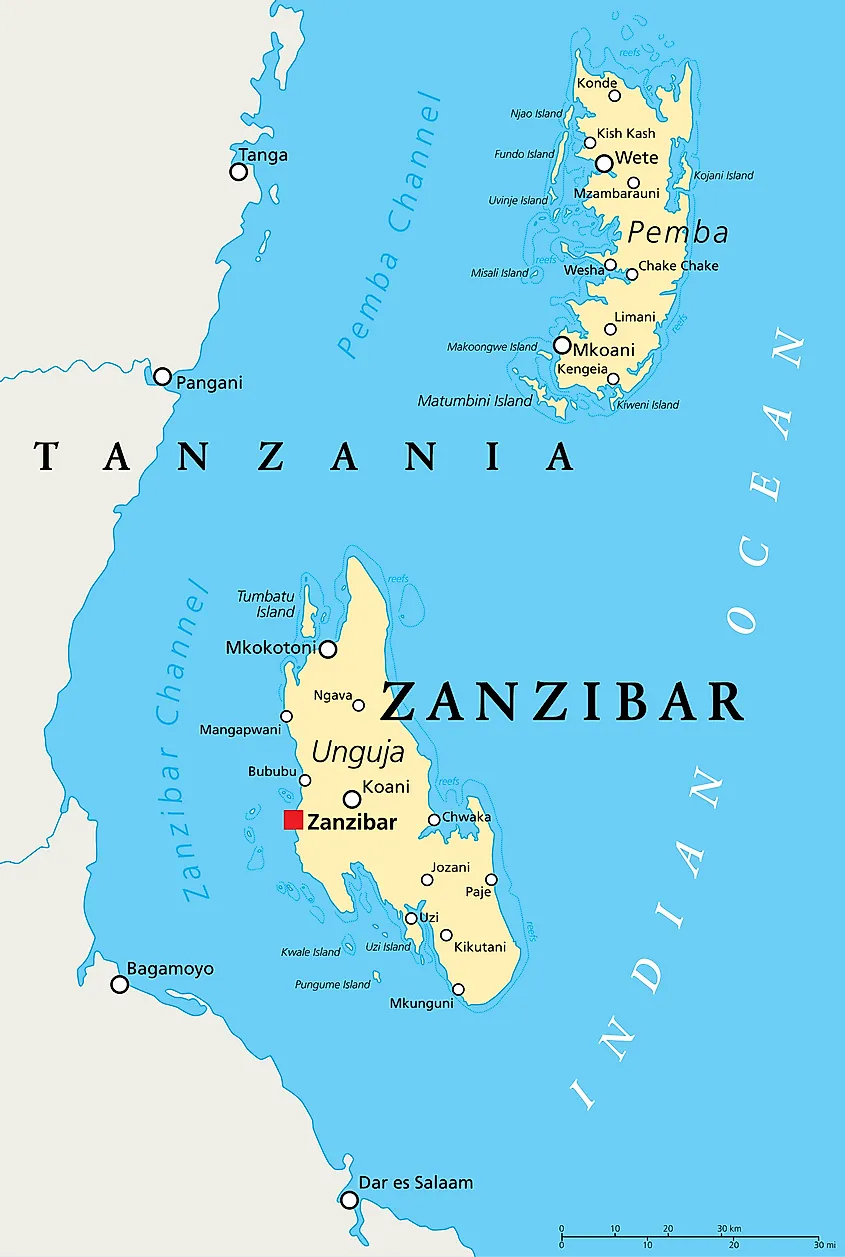Indian Economy
India’s Ethanol Plan and Food Security
Why in News
India’s ambitious plan to cut the use of fossil fuels by promoting ethanol derived from rice, corn and sugar could undermine its food security.
Key Points
- About:
- Ethanol: It is an agro-based product, mainly produced from a by-product of the sugar industry, namely molasses.
- It is one of the principal biofuels, which is naturally produced by the fermentation of sugars by yeasts or via petrochemical processes such as ethylene hydration.
- Ethanol Blending Programme (EBP): It aims at blending ethanol with petrol, thereby bringing it under the category of biofuels and saving millions of dollars by cutting fuel imports and decreasing carbon emissions.
- Blending Target: The Government of India has advanced the target for 20% ethanol blending in petrol (also called E20) to 2025 from 2030.
- Currently, 8.5% of ethanol is blended with petrol in India.
- Ethanol: It is an agro-based product, mainly produced from a by-product of the sugar industry, namely molasses.
- Associated Issues:
- National Policy on Biofuel: The new ethanol blending target primarily focuses on food-based feedstocks, in light of grain surpluses and wide availability of technologies.
- The blueprint is a departure from the 2018 National Policy on Biofuels, which prioritized grasses and algae; cellulosic material such as bagasse, farm and forestry residue; and, items like straw from rice, wheat and corn.
- Risk of Hunger: The food grains meant for the impoverished are being sold to distilleries at prices cheaper than what states pay for their public distribution networks.
- Competition between the distilleries and the public distribution system for subsidized food grains could have adverse consequences for the rural poor and expose them to enhanced risk of hunger.
- India still ranks 94th on the Global Hunger Index 2020 comprising 107 nations.
- The Food and Agriculture Organization (FAO) estimates that about 209 million Indians, or about 15% of its population, were undernourished between 2018 and 2020.
- The Covid-19 pandemic is also pushing more people into poverty, dealing a blow to decades of progress.
- Cost: Production of biofuels requires land, this impacts the cost of biofuels as well as that of food crops.
- Water use: Massive quantities of water are required for proper irrigation of biofuel crops as well as to manufacture the fuel, which could strain local and regional water resources.
- Efficiency: Fossil Fuels produce more energy than some of the biofuels. E.g. 1 gallon of ethanol produces less energy as compared to 1 gallon of gasoline (a fossil fuel).
- National Policy on Biofuel: The new ethanol blending target primarily focuses on food-based feedstocks, in light of grain surpluses and wide availability of technologies.
- Government’s Arguments:
- Enough Stockpiles of Grains: The push for ethanol poses no threat to India’s food security because the government has enough stockpiles of grains at warehouses of the state-run Food Corporation of India (FCI).
- State reserves stood at 21.8 million tons of rice, against a requirement of 13.54 million tons.
- Capacity Creation: The long-term planning of the government involves the creation of sufficient capacities so that half of the requirement of 20% blending is catered by grains, predominantly maize and the rest by sugar cane.
- Benefit of Farmers: The blending plan would benefit corn and rice farmers, while addressing the issue of surplus.
- Enough Stockpiles of Grains: The push for ethanol poses no threat to India’s food security because the government has enough stockpiles of grains at warehouses of the state-run Food Corporation of India (FCI).
Way Forward
- Ethanol From Wastes: India has a real opportunity here to become a global leader in sustainable biofuels policy if it chooses to refocus on ethanol made from wastes.
- This would bring both strong climate and air quality benefits, since these wastes are currently often burned, contributing to smog.
- Water Crisis: The new ethanol policy should ensure that it doesn’t drive farmers toward water-intensive crops and create a water crisis in a country where its shortage is already acute.
- Rice and sugarcane, along with wheat, consume about 80% of India’s irrigation water.
- Prioritize Crop Production: With our depleting groundwater resources, arable land constraints, erratic monsoons, and dropping crop yields due to climate change, food production must be prioritized over crops for fuel.
Governance
Cybersecurity Guidelines for Power Sector
Why in News
Recently, the government released cybersecurity guidelines for the power sector.
- This is the first time that a comprehensive guideline has been formulated on cyber security in the power sector.
- The guidelines are a precursor to cybersecurity regulations that the Central Electricity Authority (CEA, Ministry of Power) is working on.
Key Points
- About:
- CEA has framed the guidelines under the Central Electricity Authority (Technical Standards for Connectivity to the Grid) (Amendment) Regulations, 2019.
- It lays down a cyber assurance framework, strengthens the regulatory framework, puts in place mechanisms for security threat early warning, vulnerability management and response to security threats, and secures remote operations and services, among others.
- The norms are applicable to all responsible entities as well as system integrators, equipment manufacturers, suppliers/ vendors, service providers, and Information Technology (IT) hardware and software OEMs (Original Equipment Manufacturers) engaged in the Indian power supply system.
- Responsible Entities include power generation utilities, distribution utilities, transmission companies and load dispatch centres among others.
- Major Guidelines:
- Procure from Trusted Source:
- Mandates Information & Communication Technology-based procurement from identified 'trusted sources' and 'trusted products' or else the product has to be tested for malware/hardware trojan before deployment for use in the power supply system network.
- Chief Information Security Officer:
- Appointment of a Chief Information Security Officer (CISO) at each responsible entity as well as the setting up of an Information Security Division headed by the CISO.
- Procedure for Identifying and Reporting:
- The entities will also be required to incorporate a procedure for identifying and reporting any disturbances suspected or confirmed to be caused by sabotage and submit the report to the sectoral CERT and Computer Emergency Response Team -India (CERT-In) within 24 hours.
- Procure from Trusted Source:
- Significance:
- It will promote research and development in cybersecurity and open up the market for setting up cyber testing infra in public as well as private sectors in the country.
Biodiversity & Environment
State of Climate Services Report 2021: WMO
Why in News
Recently, the World Meteorological Organization (WMO) released the State of Climate Services report 2021. It focuses on Terrestrial Water Storage.
- Earlier, on water day (22nd March), in a report released by the United Nations Children’s Fund (UNICEF), one in five children worldwide reside in areas of high or extremely high water vulnerability.
Key Points
- Terrestrial Water Storage (TWS):
- TWS is the sum of all water on the land surface and in the subsurface, i.e. surface water, soil moisture, snow and ice and groundwater.
- Water is a key prerequisite for human development. But only 0.5% of water on Earth is usable and available as freshwater.
- Water resources across the world are under tremendous pressure due to human and naturally-induced stressors.
- These include population growth, urbanisation and decreasing availability of freshwater.
- Extreme weather events too have been responsible for the pressure on water resources realised across sectors and regions.
- TWS is the sum of all water on the land surface and in the subsurface, i.e. surface water, soil moisture, snow and ice and groundwater.
- Global Scenario:
- TWS dropped at a rate of 1 cm per year in 20 years (2002-2021).
- The biggest losses have occurred in Antarctica and Greenland. But many highly populated, lower latitude locations have also experienced TWS losses.
- Indian Scenario:
- About:
- The TWS has been lost at a rate of at least 3 cm per year. In some regions, the loss has been over 4 cm per year too.
- India has recorded the highest loss in terrestrial water storage if the loss of water storage in Antarctica and Greenland is excluded.
- India is the ‘topmost hotspot of TWS loss’. The northern part of India has experienced the maximum loss within the country.
- Per Capita Availability:
- In India, per capita water availability is reducing due to an increase in population.
- The average annual per capita water availability has reduced to 1,545 cubic metres in 2011, from 1,816 cubic metres in 2001.
- It is projected to further decrease to 1,367 cubic metres in 2031, according to the Union Ministry of Housing and Urban Affairs.
- River Basins:
- Five of the 21 river basins in India are ‘absolute water scarce’ (per capita water availability below 500 cubic metres) according to the Falkenmark Water Stress Indicator.
- Five are ‘water scarce’ (per capita water availability below 1,000 cubic metres) and three are ‘water stressed’ (per capita water availability below 1,700 cubic metres).
- By 2050, six will become absolute water scarce, six will become water scarce and four will become water stressed, according to the State of India’s Environment in figures, 2020.
- The Falkenmark indicator is one of the most widely used indicators for assessing the stress on water. It relates the total freshwater resources with the total population in a country and indicates the pressure that population puts on water resources, including the needs for natural ecosystems.
- About:
- Recommendations:
- Investments Needed:
- Integrated Resources Water Management as a solution to better manage water stress, especially in Small Island Developing States (SIDS) and Least Developed Countries (LDCs).
- In end-to-end drought and flood early warning systems in at-risk LDCs, including for drought warning in Africa and flood warning in Asia.
- Fill Capacity Gap:
- Fill the capacity gap in collecting data for basic hydrological variables which underpin climate services and early warning systems.
- Fill the gaps in data on country capacities for climate services in the water sector, especially for SIDS.
- Improve Interaction:
- Improve the interaction among national level stakeholders to co-develop and operationalize climate services with information users to better support adaptation in the water sector.
- There is also a pressing need for better monitoring and evaluation of socio-economic benefits, which will help to showcase best practices.
- Join the Water and Climate Coalition:
- Water and Climate Coalition is a platform for its members to partner on joint activities and implement solutions that address the gaps of operational water and climate challenges with a focus on data and information.
- Investments Needed:
Related Government Initiatives
International Relations
China-Taiwan Issue
Why in News
China-Taiwan relationship has been strained for years, but the latest escalation comes from a series of air incursions by the Chinese military.
- While a country’s airspace is internationally recognised by law, its air defence zone is a self-declared region which is monitored by the country’s military for defence purposes.
Key Points
- Conflict between China and Taiwan (Background):
- China and Taiwan separated amid civil war in 1949 and China considers Taiwan part of its territory to be taken control of by force if necessary.
- But Taiwan's leaders say that Taiwan is a sovereign state.
- After decades of hostile intentions and angry rhetoric, relations between China and Taiwan started improving in the 1980s. China put forward a formula, known as "one country, two systems", under which Taiwan would be given significant autonomy if it accepted Chinese reunification.
- In Taiwan, the offer was rejected, but the government did relax rules on visits to and investment in China.
- There were also limited talks between the two sides' unofficial representatives, though Beijing's insistence that Taiwan's Republic of China (ROC) government is illegitimate prevented government-to-government contact.
- China's implementation of a national security law in Hong Kong in 2020 was seen by many as yet another sign that Beijing was becoming significantly more assertive in the region.
- China’s Concerns:
- One China Policy Challenged:
- This means that countries seeking diplomatic relations with the People's Republic of China (PRC, Mainland China) must break official relations with the Republic of China (ROC, Taiwan) and vice versa.
- The existent diplomatic relationship of the Taiwan and its membership in intergovernmental organizations challenges this policy:
- The ROC, Taiwan has diplomatic relations with 15 countries and substantive ties with many others such as Australia, Canada, EU nations, Japan and New Zealand.
- Besides, Taiwan has full membership in 38 intergovernmental organizations and their subsidiary bodies, including the World Trade Organization, Asia-Pacific Economic Cooperation, Asian Development Bank and Central American Bank for Economic Integration.
- Agreements/Exercises Countering China:
- Recently, the US has announced a new trilateral security partnership for the Indo-Pacific, between Australia, the UK and the US (AUKUS), which is also seen as an effort to counter China.
- Malabar Exercise (US, Japan, India and Australia) is also a major step towards building a sustainable Indo-Pacific coalition thereby addressing the massive strategic imbalance generated by an economically and militarily powerful China.
- Strategic and Defense Support to Taiwan by US:
- Taiwan has sought to improve its defenses with the purchase of US weapons, including upgraded F-16 fighter jets, armed drones, rocket systems and Harpoon missiles.
- A US aircraft carrier group led by the warship Theodore Roosevelt has entered the South China Sea to ensure freedom of the seas, and build partnerships that foster maritime security.
- One China Policy Challenged:
- India’s Stand on the Issue:
- Since 1949, India has accepted the “One China” policy that accepts Taiwan and Tibet as part of China.
- However, India uses the policy to make a diplomatic point, i.e., if India believes in “One China” policy, China should also believe in a “One India” policy.
- Even though India has stopped mentioning its adherence to One China policy in joint statements and official documents since 2010, its engagement with Taiwan is still restricted due to the framework of ties with China.
- India and Taiwan do not have formal diplomatic relations but since 1995, both sides have maintained representative offices in each other’s capitals that function as de facto embassies.
Way Forward
- India and other powers must draw a redline for any Chinese effort to take Taiwan by force. After all, the Taiwan issue is not just a moral question of allowing the destruction of a successful democracy by a totalitarian State, or a question of international ethics where the principle of settling disputes peacefully is adhered to.
- In fact, the reason for drawing that line is not about Taiwan at all, but because of what the consequences of a Chinese invasion of Taiwan would be for India and the rest of Asia. The day after China’s invasion of Taiwan will mark a very different Asia, irrespective of the results of the invasion.
- Drawing a red line is not easy and may ultimately not work, but India and others at least need to try because of the stakes involved.
- One aspect of this is improving India’s ties with Taiwan, even if they stay short of recognising its independence.
- Others have argued for continuing with the growing economic relations and building on popular support for Taiwan in the wake of India’s troubles with China.
Governance
Application Ecosystem for Integration of Procurement Portals
Why in News
Recently, the Department of Food and Public Distribution has developed an application ecosystem for integration of procurement portals of all state governments.
Key Points
- About:
- The Application Ecosystem will allow the integration of procurement portals of all state governments having Minimum Threshold Parameters (MTPs) for monitoring and strategic decision making.
- The introduction of MTPs in procurement operations are necessitated to avoid middlemen in procurement and ensure that farmers get the best value for their produce.
- MTPs will ensure uniformity and interoperability among the states.
- The MTPs are five key details which states are required to capture in their procurement portals, which are related to online registration, farmer data, digitized mandi and procurement, and billing.
- The integration of state portals with the central portal will go a long way in expediting the reconciliation of procurement figures with States and release of funds by the Centre Government to the States.
- The Application Ecosystem will allow the integration of procurement portals of all state governments having Minimum Threshold Parameters (MTPs) for monitoring and strategic decision making.
- Need:
- Challenges in Implementing Schemes:
- Due to variations in the procurement systems, there emerge both systemic and implementation challenges for implementing the schemes of the central government.
- Delays in Funding:
- Reconciliation of the procurement operations with various states is sometimes a long-drawn exercise, leading to delays in the release of funds to states.
- Inefficiencies:
- Moreover, the non-standard procurement operations also lead to avoidable inefficiencies, which manifest in the form of middlemen in the procurement operations.
- Standardization:
- There is no pan-India standard procurement ecosystem for monitoring and strategic decision making.
- Standardization of the operations are essential in helping the country achieve greater levels of transparency and efficiency in procurement operations, which ultimately lead to ensuring food security for the people of the country.
- Challenges in Implementing Schemes:
- Benefits:
- Farmers: Will be able to sell their produce at suitable prices and avoid distress sale.
- Procuring Agencies: With better management of procurement operations, the State agencies and Food Corporation of India will be able to procure efficiently with the limited resources at hand.
- Other Stakeholders: The automation and standardization of procurement operations shall provide an integrated view of procurement of foodgrains and its storage in godowns.
Important Facts For Prelims
High Ambition Coalition for Nature and People
Why in News
Recently, India joined the High Ambition Coalition (HAC) for Nature and People.
- India is the first of the BRICS (Brazil, Russia, India, China and South Africa) to join the HAC.
Key Points
- About:
- It is an intergovernmental group championing a global deal for nature and people that can halt the accelerating loss of species, and protect vital ecosystems that are the source of our economic security.
- It was launched in 2019 by Costa Rica, France and Britain.
- It is co-chaired by Costa Rica and France and the Ocean co-chair belongs to the United Kingdom.
- Aim:
- To promote an international agreement to protect at least 30% of the world's land and ocean by 2030 (Global 30×30 target).
- To manage the planet sustainably with no net loss of natural habitats, supported by a circular economy, and strives for the sustainable and equitable sharing of benefits from nature.
- Members:
- It has more than 70 countries which are a mix of countries in the global north and south, European, Latin American, Africa and Asia countries are among the members.
- Related Initiatives:
- Global:
- Indian:
- Global:
Science & Technology
Semi-Cryogenic Propellant Tank
Why in News
Recently, Hindustan Aeronautics Ltd (HAL) delivered the heaviest semi-cryogenic propellant tank (SC120- LOX) to the Indian Space Research Organization (ISRO).
- In 2020, HAL delivered the biggest ever cryogenic Liquid Hydrogen tank (C32-LH2) to ISRO.
Key Points
- About:
- The semi cryo-liquid oxygen (LOX) tank - the first developmental welded hardware - is a part of the SC120 stage intended for payload enhancement by replacing the L110 stage in the existing Mk-III launch vehicle.
- GSLV Mk III is a three-stage heavy-lift launch vehicle developed by ISRO. The vehicle has two solid strap-ons, a core liquid booster and a cryogenic upper stage.
- The semi cryo-liquid oxygen (LOX) tank - the first developmental welded hardware - is a part of the SC120 stage intended for payload enhancement by replacing the L110 stage in the existing Mk-III launch vehicle.
- Cryogenic Engine:
- A cryogenic engine/cryogenic stage is the last stage of space launch vehicles which makes use of Cryogenics.
- Cryogenics is the study of the production and behaviour of materials at extremely low temperatures (below -150 degree Centigrade) to lift and place heavier objects in space.
- A cryogenic engine provides more force with each kilogram of cryogenic propellant it uses compared to other propellants, such as solid and liquid propellant rocket engines and is more efficient.
- It uses Liquid Oxygen (LOX) and Liquid Hydrogen (LH2) as propellants which liquefy at -183 deg C and -253 deg C respectively.
- A cryogenic engine/cryogenic stage is the last stage of space launch vehicles which makes use of Cryogenics.
- Semi Cryogenic Engine:
- Unlike a Cryogenic engine, a Semi Cryogenic engine uses Refined kerosene instead of liquid hydrogen.
- The liquid oxygen is used as a Oxidiser.
- That’s the advantage of using a Semi Cryogenic engine as it requires Refined Kerosene which is lighter than liquid fuel and can be stored in a normal temperature.
- Kerosene combined with liquid oxygen provide a higher thrust to the rocket.
- Refined Kerosene occupies less space, making it possible to carry more propellant in a Semi Cryogenic engines fuel compartment.
- A semi cryogenic engine is more powerful, environment friendly and cost effective as compared to a cryogenic engine.
Important Facts For Prelims
Javan Gibbon
Why in News
Indonesia is taking steps to protect the habitat of Javan Gibbon (Hylobates moloch), which is endangered by climate change and human encroachment.
- The species is also hunted for both meat and pet trade.
Key Points
- About:
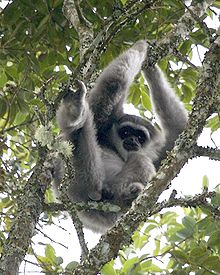
- The silvery gibbon, also known as the Javan gibbon, is a primate. They are found in groups only, usually in a pair of two.
- It is endemic to the Indonesian island of Java, where it inhabits undisturbed rainforests up to an altitude of 2,450 m.
- It helps in regenerating forest vegetation by dispersing seeds.
- There are around 4,000 Javan gibbons left.
- It was declared Critically Endangered in 2004 but since has recovered to status of Endangered as per IUCN criterion. However, the latest IUCN estimate shows that their population is decreasing.
- Habitat:
- The Javan Gibbon wild population is only found in Java, Indonesia.
- It is not found in India (The hoolock gibbon is the only gibbon found in India).
- Protection Status:
Important Facts For Prelims
Exercise AJEYA WARRIOR-2021
Why in News
Recently, the 6th Edition of India - UK Joint Company Level Military Training Exercise AJEYA WARRIOR has commenced in Uttarakhand.
- Earlier, India and the UK participated in a two-day bilateral Passage Exercise (PASSEX) in the Bay of Bengal.
Key Points
- About:
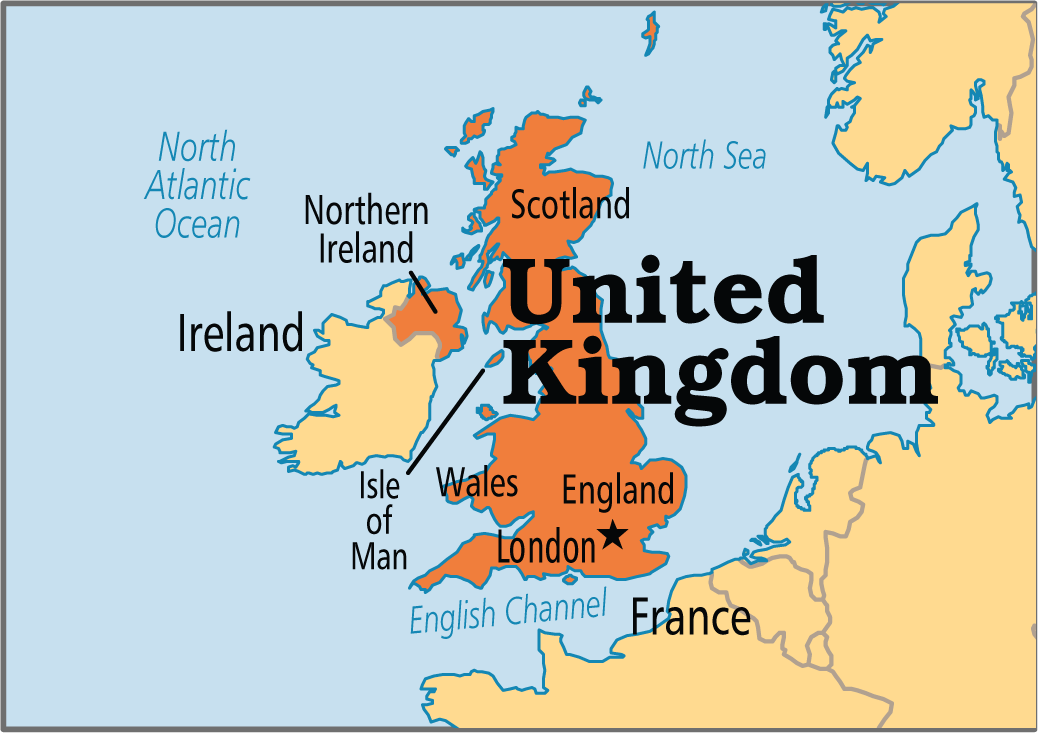
- The exercise is conducted alternatively in the United Kingdom and India.
- The exercise is part of an initiative to develop interoperability and sharing expertise with friendly foreign nations.
- Other Joint Exercises between India and UK:
Important Facts For Prelims
Nobel Prize for Literature, 2021
Why in News
The 2021 Nobel Prize in Literature has been awarded to novelist Abdulrazak Gurnah “for his uncompromising and compassionate penetration of the effects of colonialism and the fate of the refugee in the gulf between cultures and continents”.
- Last year, the award was given to Louise Glück "for her unmistakable poetic voice that with austere beauty makes individual existence universal."
- The Nobel Prizes in Physics, Chemistry and Medicine for 2021 have already been awarded.
Key Points
- About:
- Abdulrazak Gurnah was born in 1948 and grew up on the island of Zanzibar in the Indian Ocean. He was forced to flee to the UK, the former colonial power, at the end of the 1960s after a revolution occurred in Zanzibar.
- He has published ten novels and a number of short stories. The theme of the refugee’s disruption runs throughout his work.
- He began writing as a 21-year-old in English exile, and although Swahili was his first language, English became his literary tool.
- Gurnah’s fourth novel ‘Paradise’ (1994), his breakthrough as a writer, evolved from a research trip to East Africa around 1990.
- Abdulrazak Gurnah was born in 1948 and grew up on the island of Zanzibar in the Indian Ocean. He was forced to flee to the UK, the former colonial power, at the end of the 1960s after a revolution occurred in Zanzibar.
- Significance:
- At a time when the global refugee crisis is exponentially on the rise, Gurnah’s work draws attention to how racism and prejudice against targeted communities and religions perpetuate cultures of oppression.

